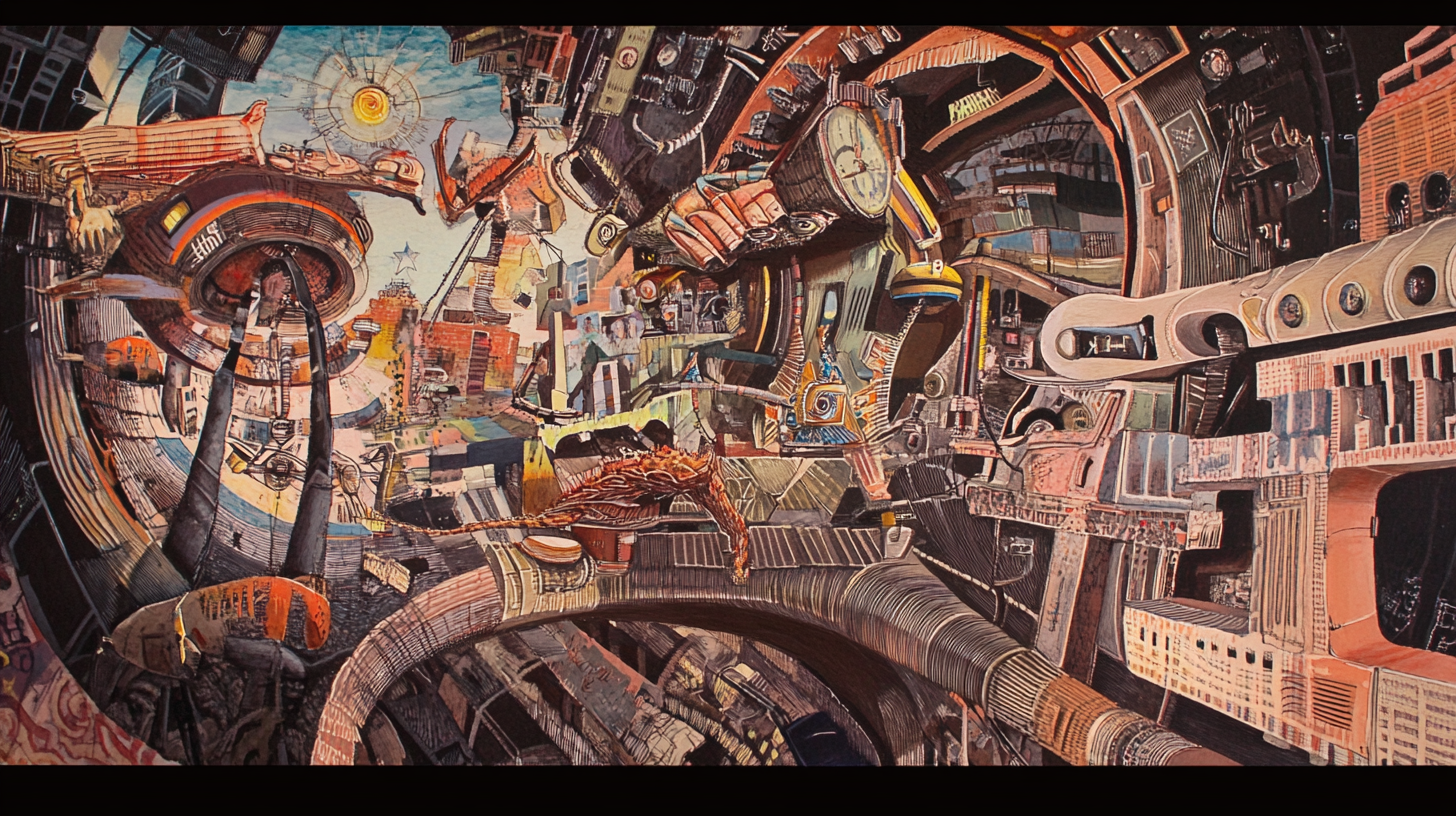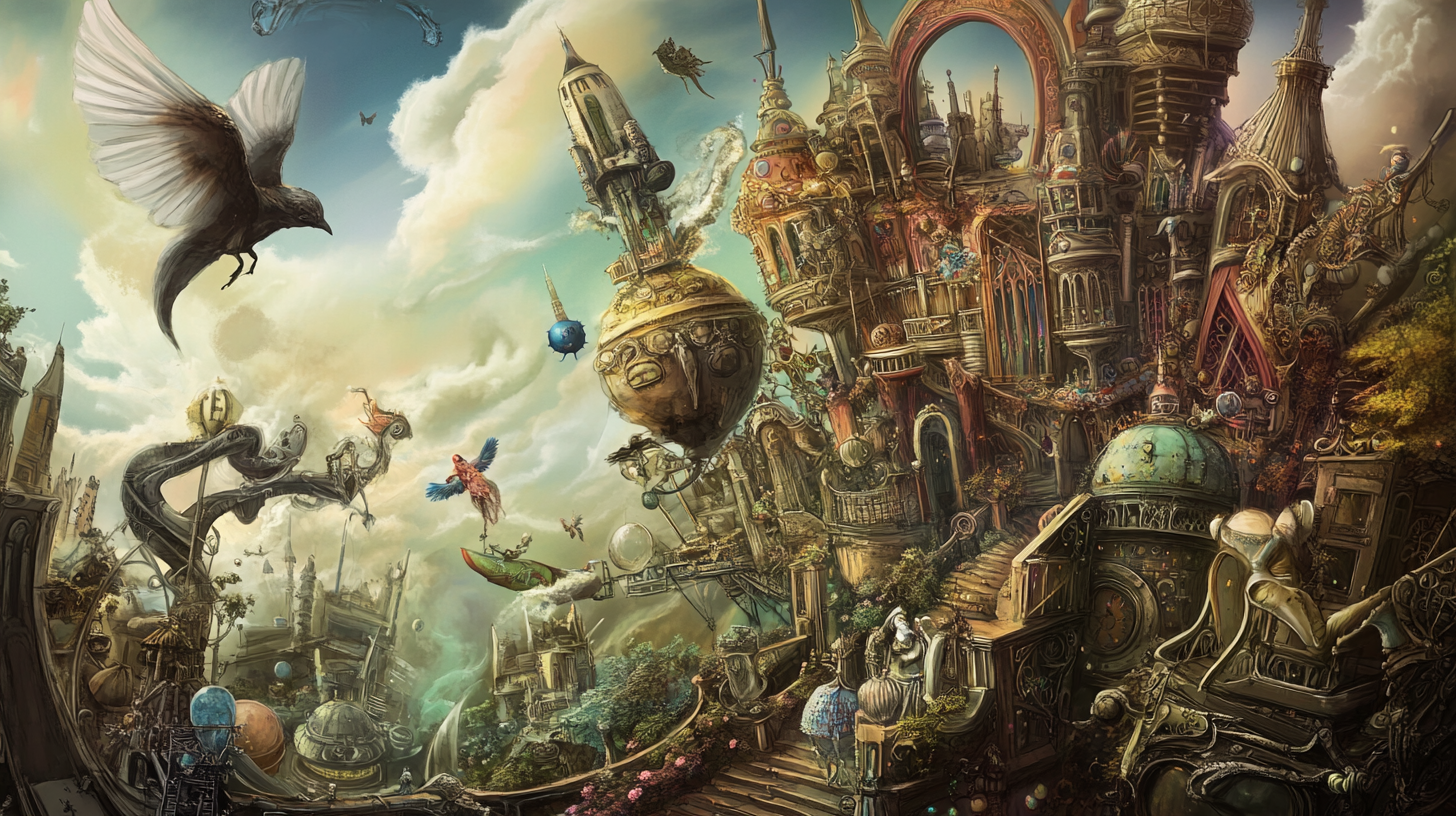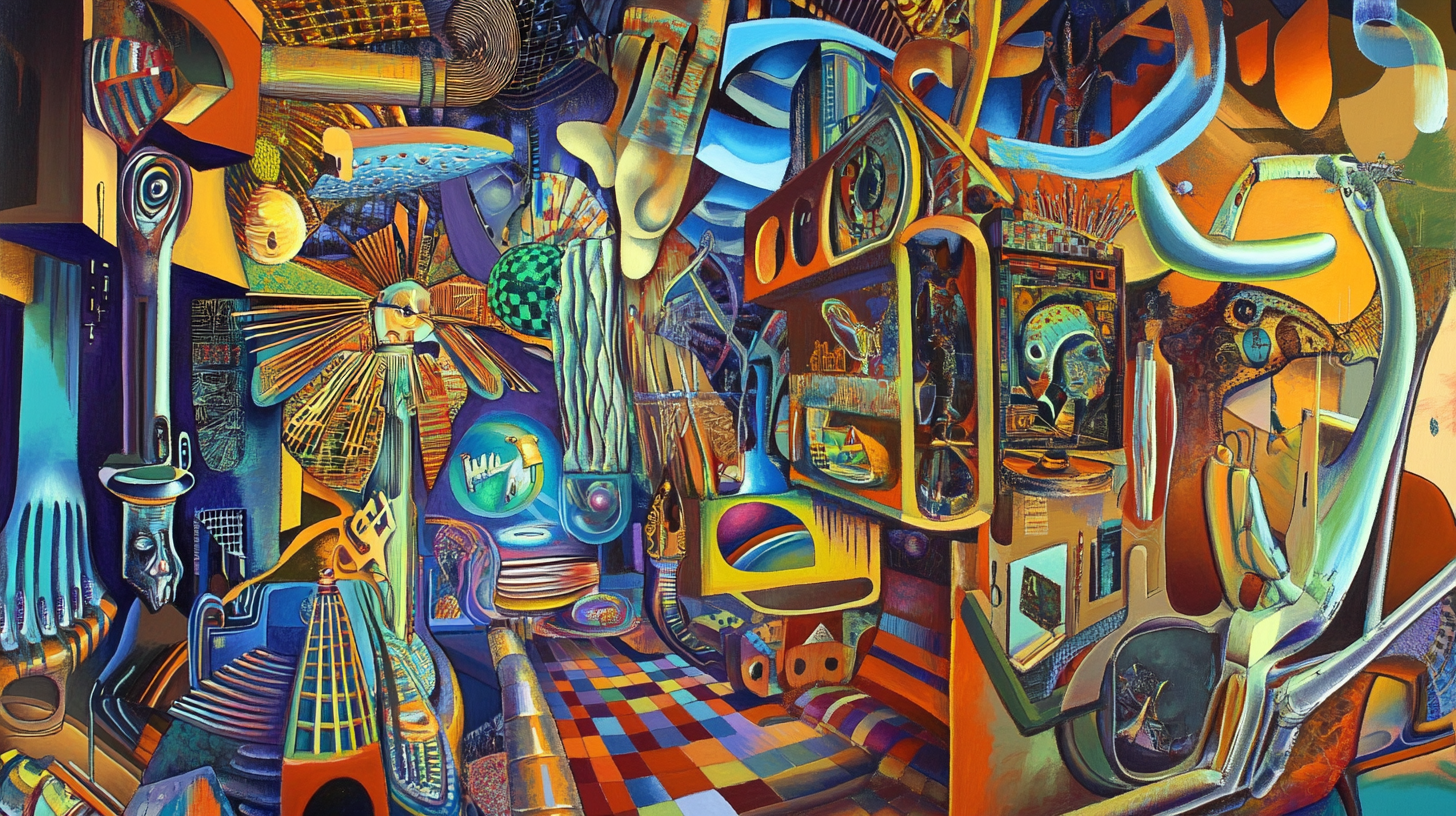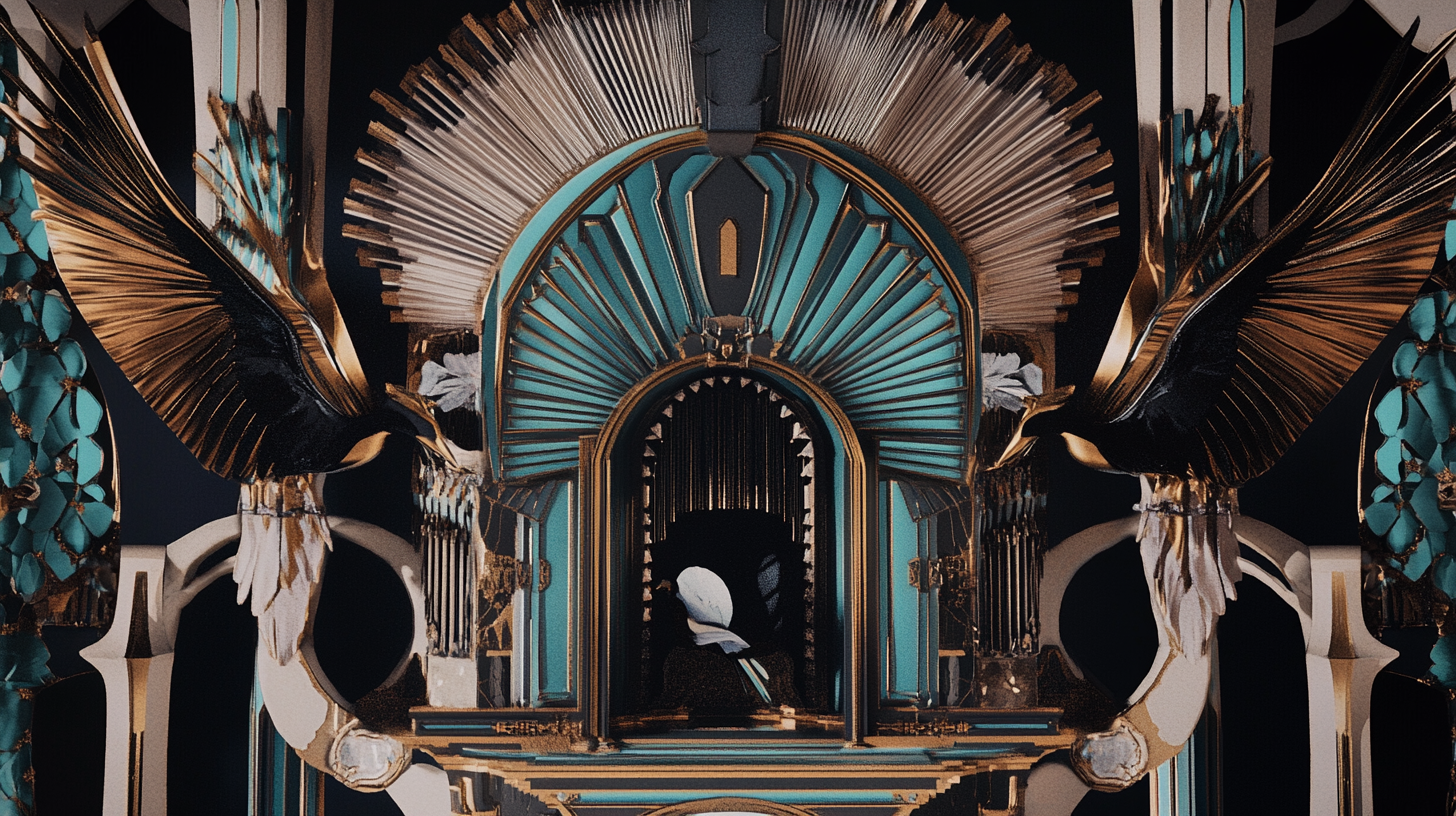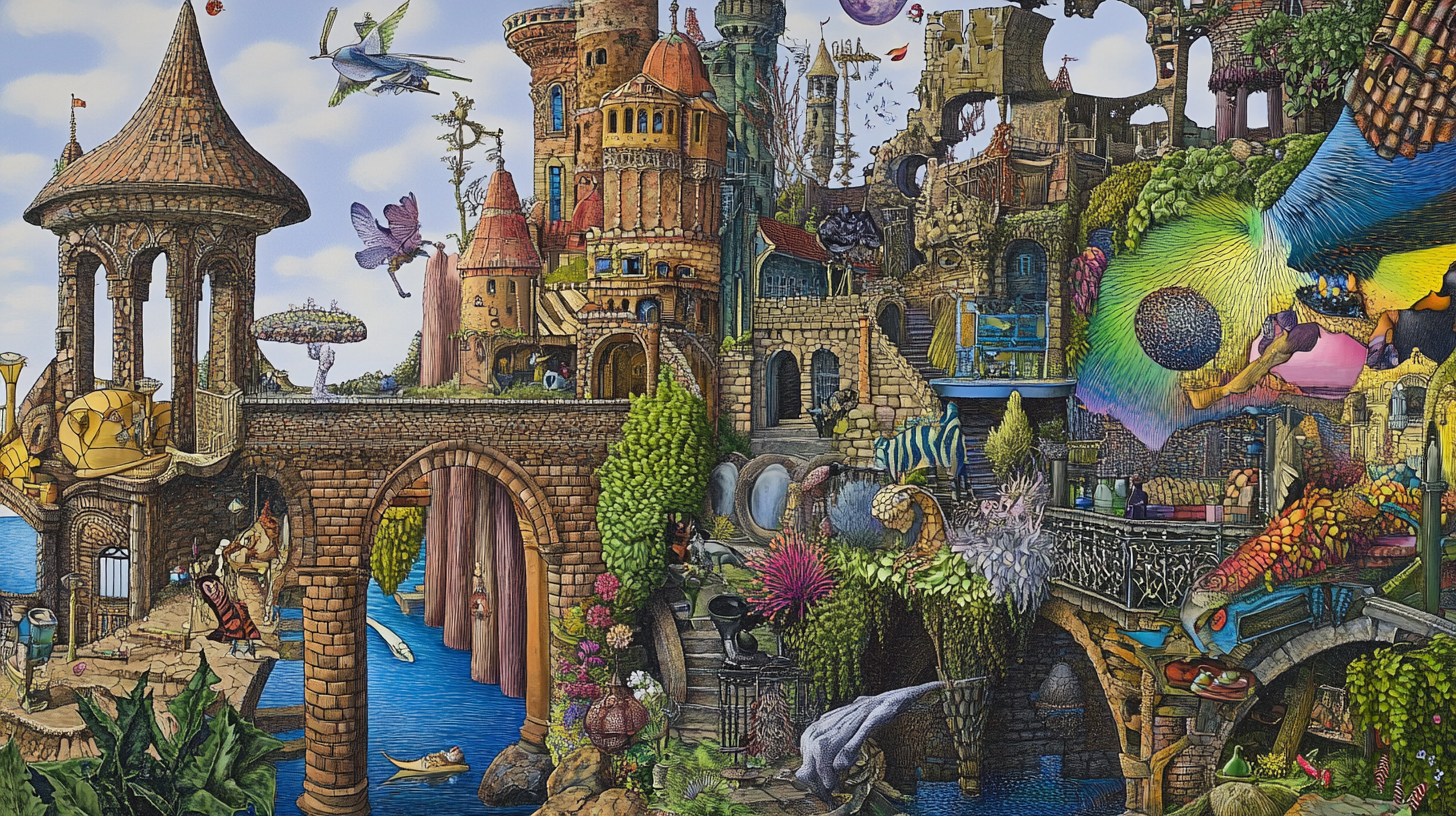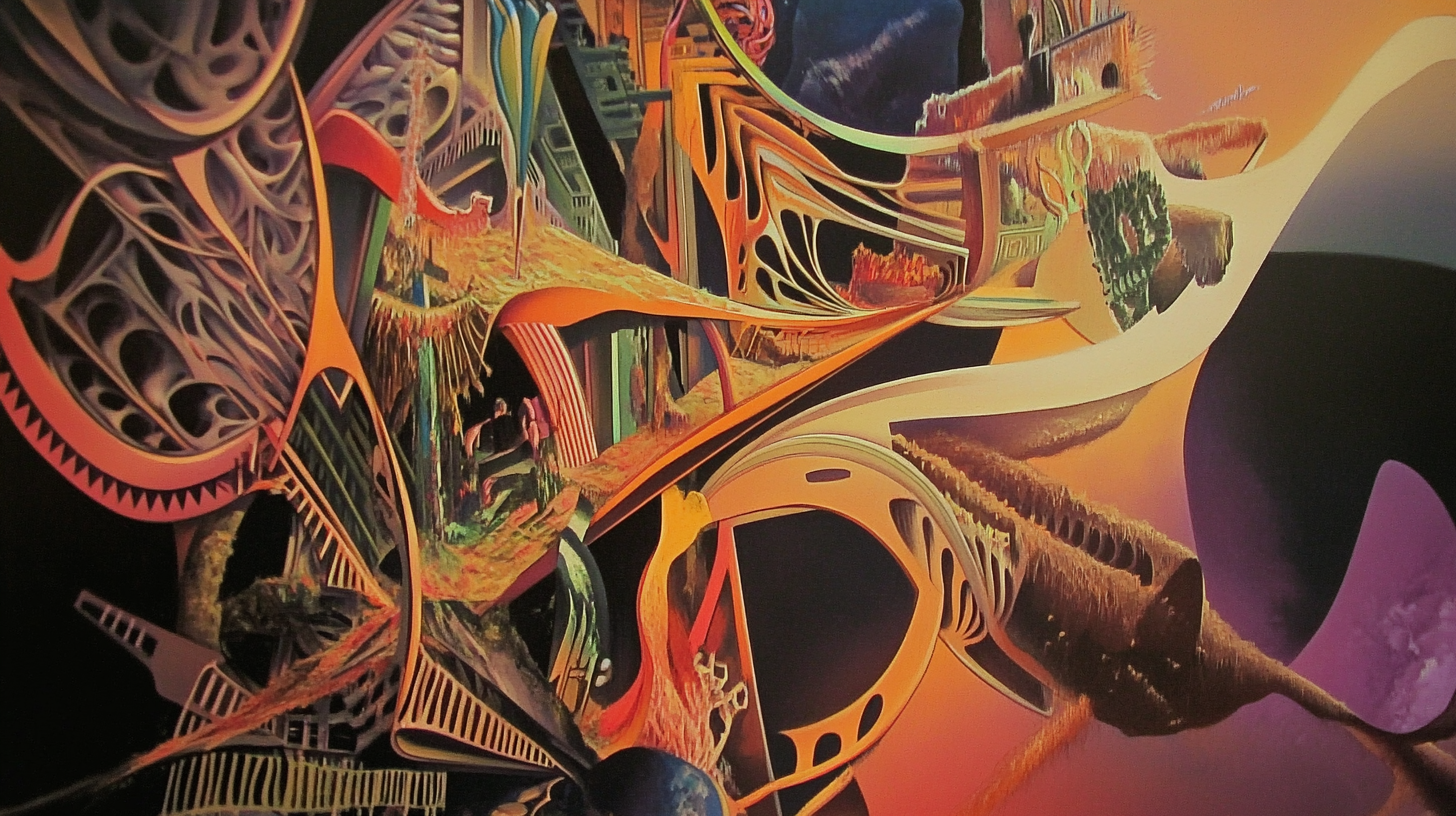Realism
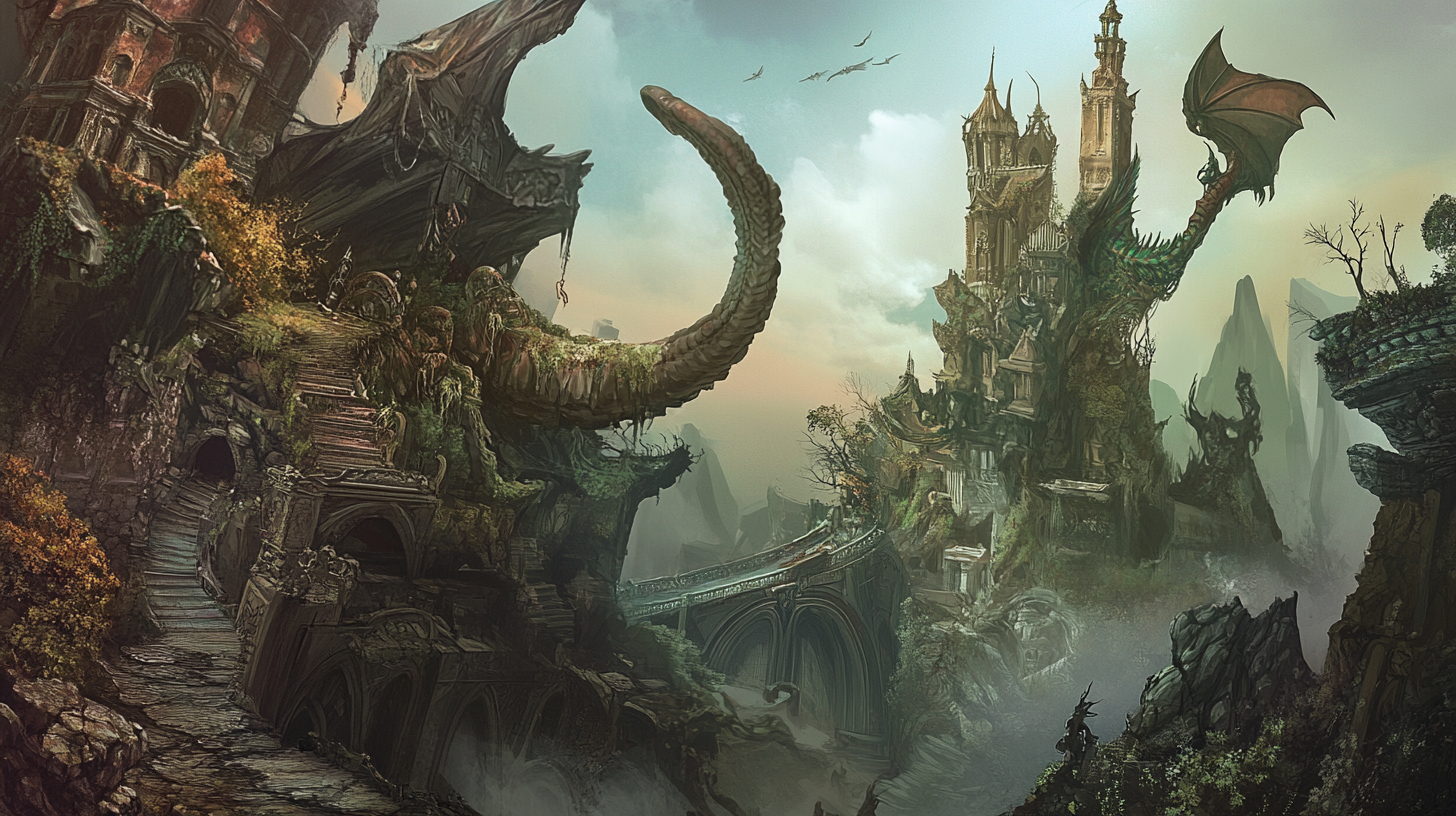 AI-Generated ImageAI-Generated Image
AI-Generated ImageAI-Generated Image Realism is an art movement dedicated to portraying life with honesty, accuracy, and precision — free from idealization or exaggeration. Emerging in the mid-19th century as a response to Romanticism, Realism celebrated everyday people, ordinary moments, and natural environments with meticulous attention to detail, proportion, and light. In the modern era, AI realism in media continues this legacy through AI-generated art and photography inspired by truth and authenticity. Powered by the Output.GURU AI creative generator, today’s digital Realism merges human perception with machine precision to capture reality as it truly is.
Realist artists strive to represent the world as it is—flaws, textures, emotions, and all—often highlighting social issues, labor, and human dignity. Key figures include Gustave Courbet, Jean-François Millet, and Édouard Manet in the early movement.
In digital and AI-generated contexts, Realism remains a powerful visual approach for projects requiring authenticity, human emotion, and believable detail—from lifelike portraits to cinematic environments that feel grounded in the real world.
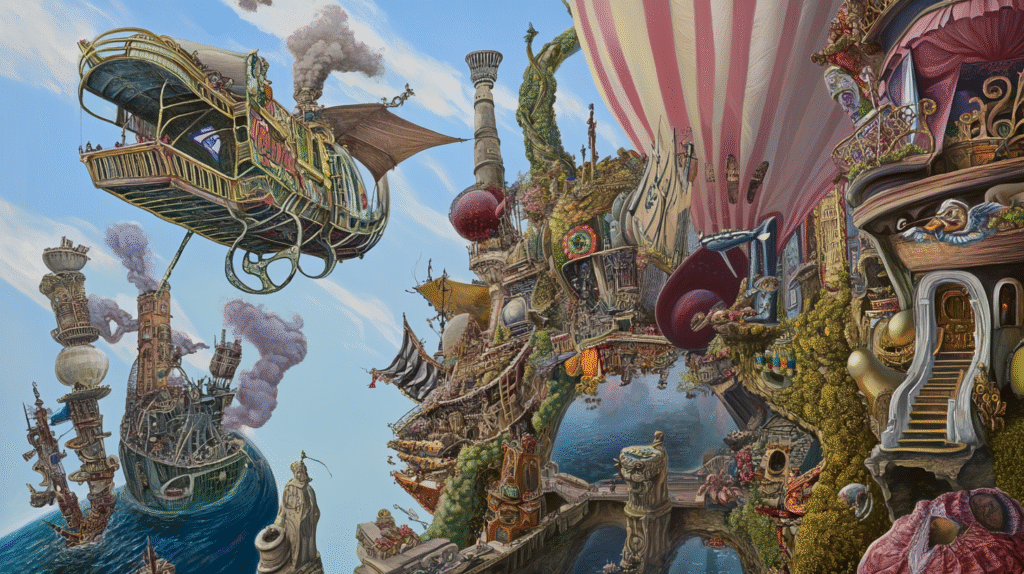 AI-Generated Image
AI-Generated Image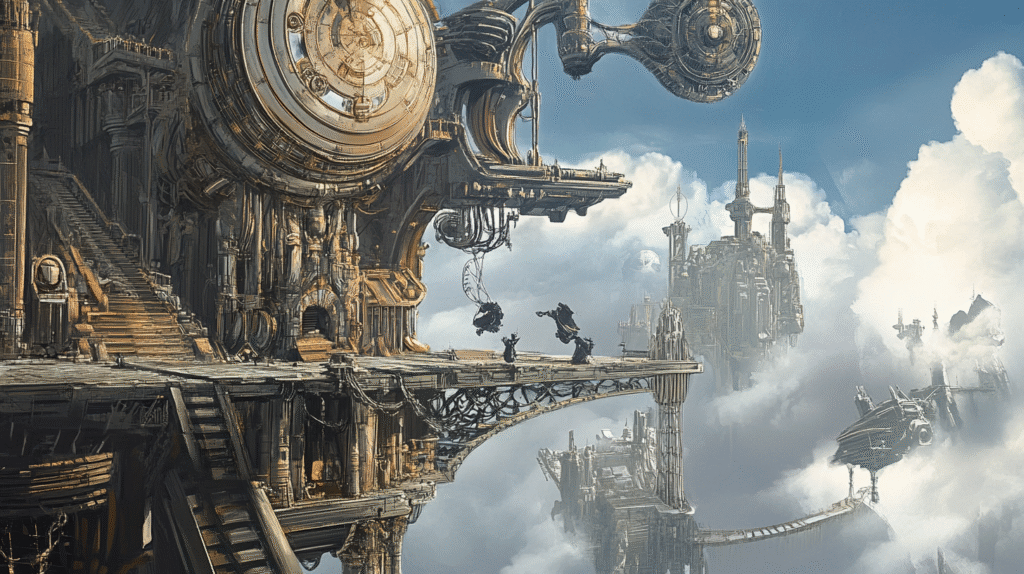 AI-Generated Image
AI-Generated Image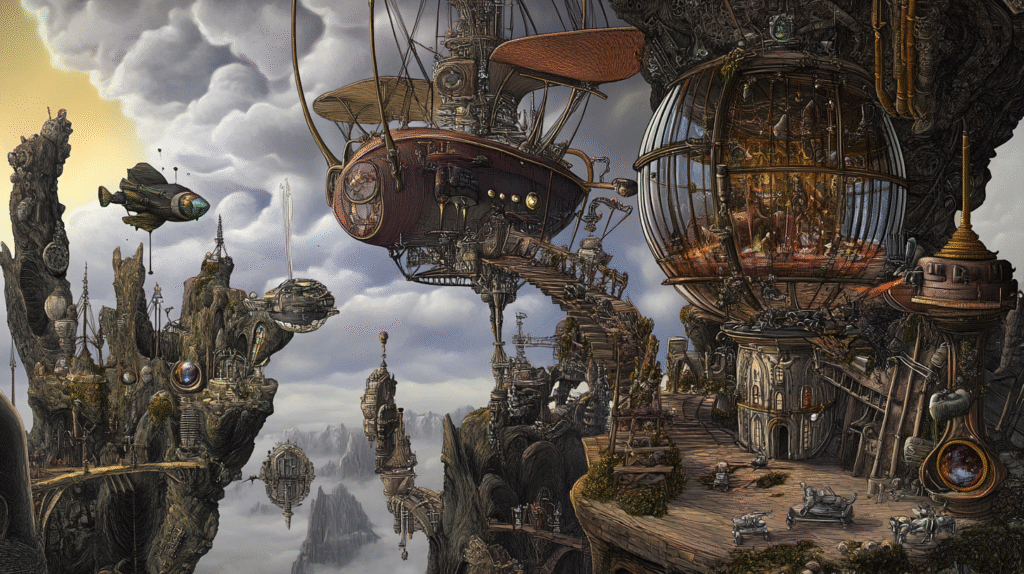 AI-Generated Image
AI-Generated Image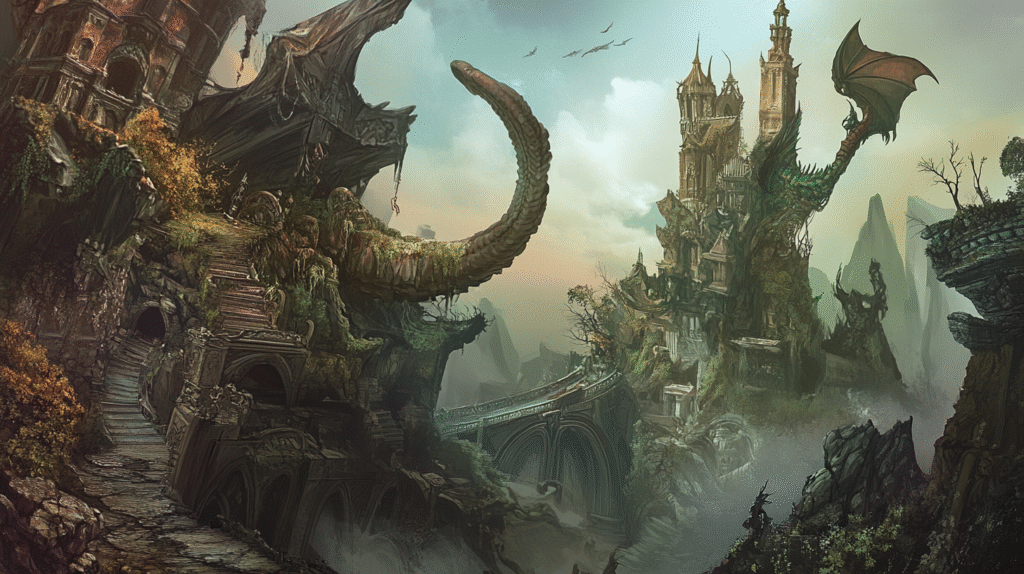 AI-Generated Image
AI-Generated ImageFrequently Asked Questions
What is the main focus of Realism in art?
Realism focuses on depicting everyday life, ordinary people, and natural settings with attention to detail, proportion, and light.
When did Realism originate?
Realism originated in the mid-19th century as a reaction against Romanticism.
Who are some key figures associated with the Realism movement?
Key figures include Gustave Courbet, Jean-François Millet, and Édouard Manet.

